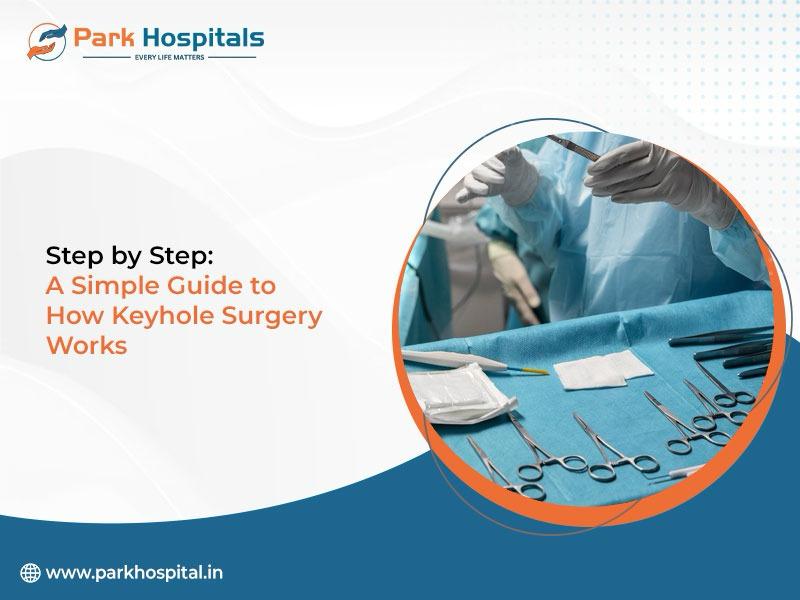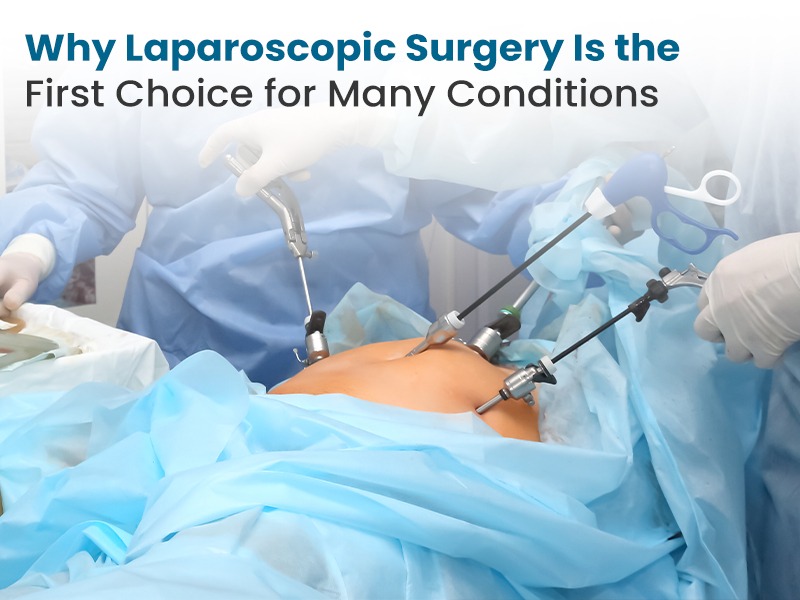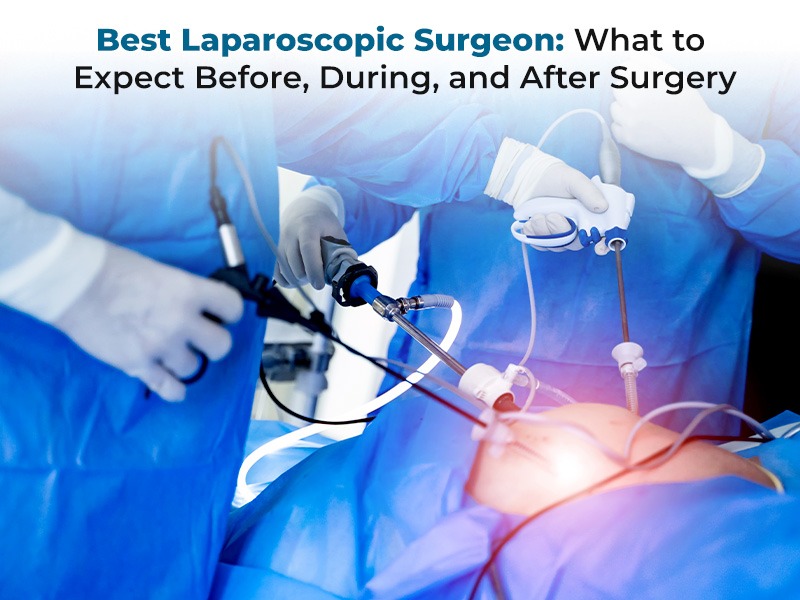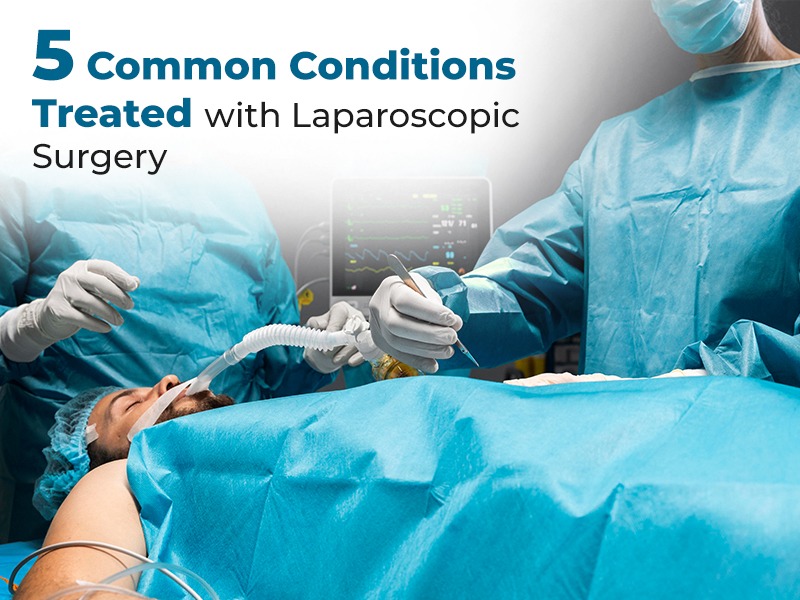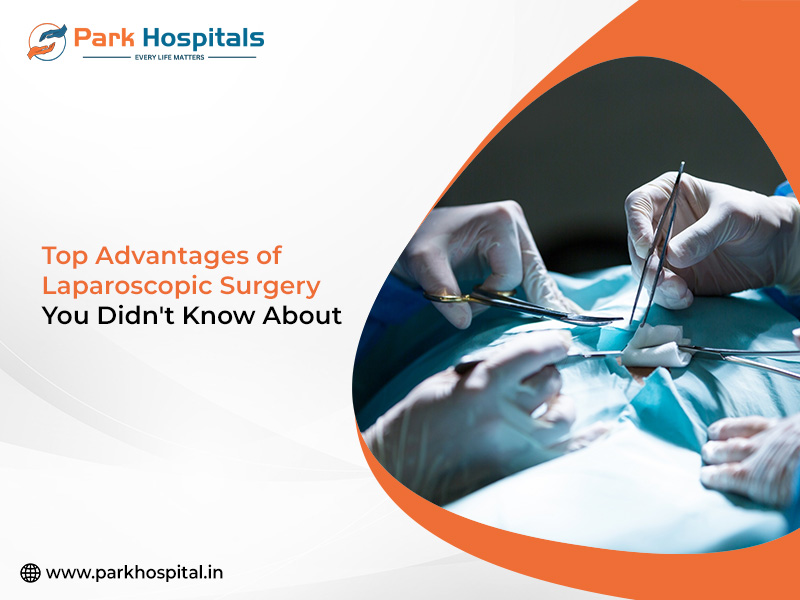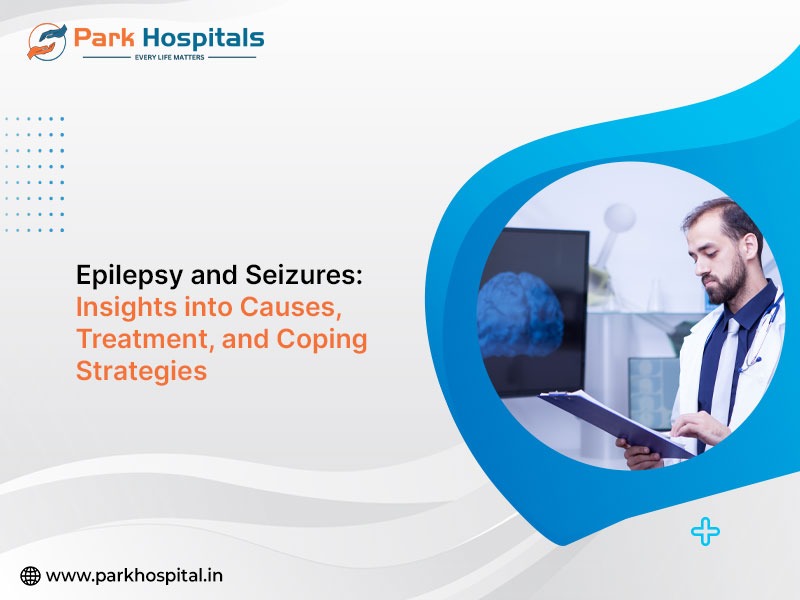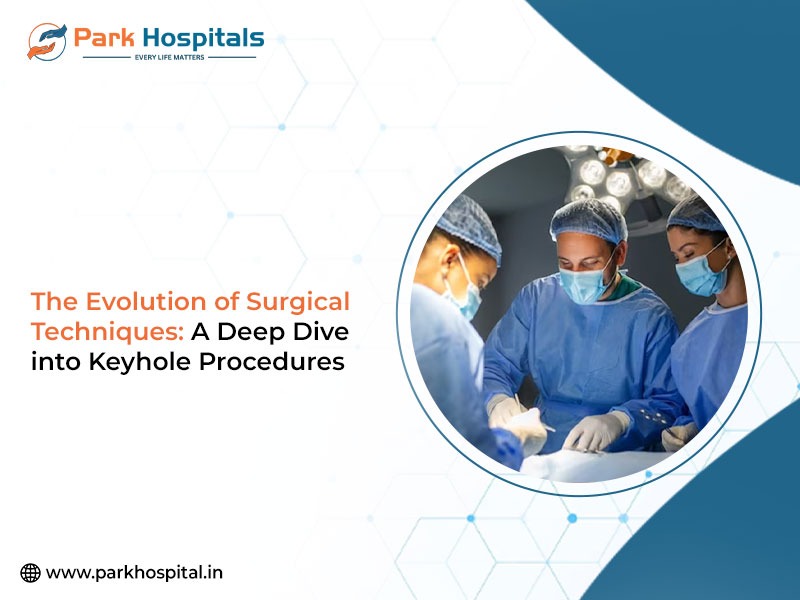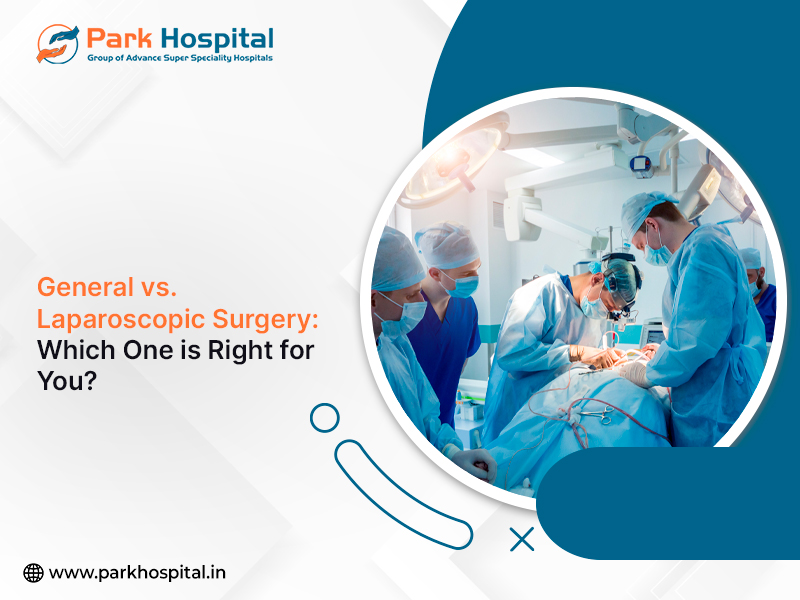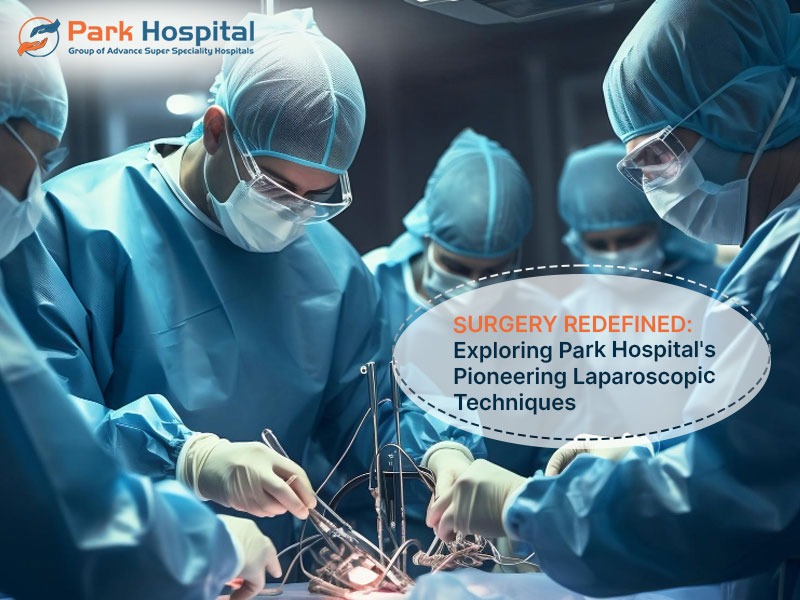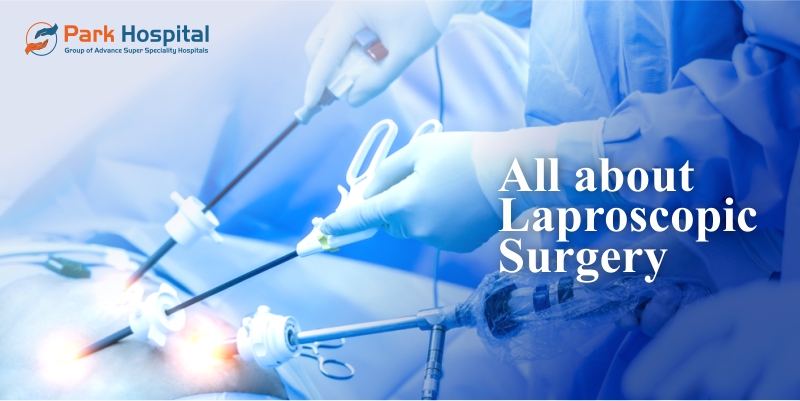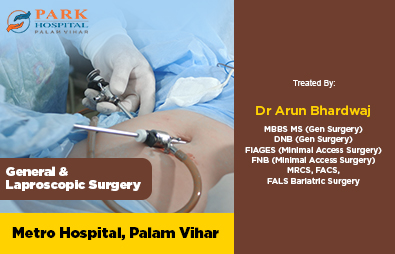Step by Step: A Simple Guide to How Keyhole Surgery Works
Keyhole and laparoscopic surgeons have emerged over the past few years to find their usage in multiple treatment domains. Laparoscopic surgeries have been vastly helpful over the past few years due to their minor tissue damage, outpatient treatment, reduced recovery time and numerous benefits. In this blog, we will explore some of the most prominent Laparoscopic Surgery hospitals nationwide and the basic procedure of keyhole surgeries.
Keyhole Surgery Procedure:
Preoperative preparation: One of the essentials to accurate medical treatments is providing each patient with the correct degree of information and support. At Park Hospitals, we provide structured consultations regarding surgical risks and complications to all our patients. Additionally, we run specific specialized preoperative tests to ensure the patient is fit for the surgery.
Anesthesia Application: Before the surgery, General anesthesia is administered to the patients to induce sleep and calm down anxiety or physical pain for the patients. At Park Hospital, our leading surgeons continuously monitor vital signs like heart rate, blood pressure and oxygen levels.
Making the Incision: In most keyhole surgeries, the incisions are minor to ensure a reduced
risk of bleeding and infections while simultaneously ensuring that the patient is discharged on an outpatient basis. In keyhole surgeries, the doctor makes various small incisions between 0.5 to 1.5 cm in the abdominal and pelvic regions. After the incisions, a trocar and a laparoscope are inserted to serve as a passageway for surgical instruments.
Insufflation: Once the trocar has been inserted, carbon dioxide gas is inserted into the abdomen to inflate the area and create a working space for the surgeon to work. This Insertion is also vital for ensuring the visualization of the abdominal wall.
Laparoscopic Insertion: the laparoscopy contains a light source, and a minor camera is inserted through one of the trocars to provide real-time video feedback to the surgeons on a monitor. After the Insertion of the laparoscopy, surgical instruments are inserted through the other trocars to perform the surgery. Acclaimed as one of India's leading Keyhole surgery hospitals, we follow a detailed procedure to dispense the most accurate surgeries to each patient.
Surgical Procedure: The doctors will closely use the specialized instruments with a video monitor during the surgery. This will help them perform the necessary surgical actions. Since the laparoscopy has been inserted, its magnified view will provide a better idea for the overall surgery.
Closing the Incisions: Once the procedure is completed, the surgical instruments and laparoscopy are removed, and the carbon dioxide gas can escape from the abdomen. The small incisions are closed with stitches, glue and staples.
Post-Procedure Recovery: Once the surgery has been completed, patients are awakened by anesthesia and often closely monitored for immediate complications. Since laparoscopic surgeries are conducted without major incisions, many patients are usually discharged on the same day or within a few hours. However, pain relief medication is provided to manage discomfort in limited cases.
Keyhole Surgeries At Park Hospital:
Understanding the need to provide complex and structured surgeries with ease, we at Park Hospital aim to use technology to its full potential. Present in more than 10+ Indian cities, our expert team of interventional radiologists and laparoscopic surgeons use advanced equipment to treat various complications like:
- Endometriosis: This is a disease where the tissue similar to the lining of the female uterus grows and causes severe pelvic pain and, in some instances, even infertility. Impacting more than 1 million people in India, endometriosis can be a long-term and even chronic complication.
- Abdominal pain: similar to its name, abdominal pain occurs within the abdomen or the outer muscle wall and can range from temporary to even painful. Various conditions like constipation, irritable bowel syndrome, food poisoning and stomach flu can cause abdominal pain. Home to some of India's most prominent Laparoscopic Surgery professionals, we dispense accurate treatments everywhere.
- GERD: Also referred to as gastroesophageal reflux disease, this complication occurs when stomach acid flows back into the tube, leading to acid reflux on the lining of the esophagus.

